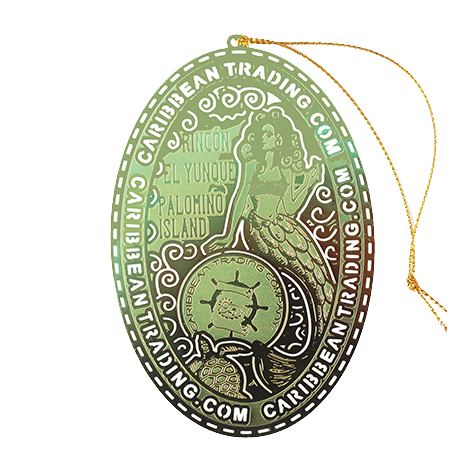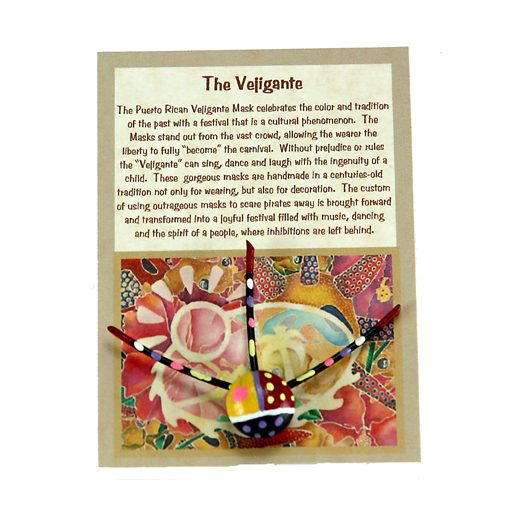Caribbean History
The Role of Steel Drums in Caribbean Music
Steel drums, also known as steel pans, are an iconic symbol of Caribbean music and culture, renowned for their vibrant tones and unique resonance. Originating in Trinidad and Tobago, these instruments hold a central place in the musical traditions of the Caribbean, reflecting the region’s complex history, cultural fusion, and artistic innovation. Steel drums have transcended their regional roots to become a global phenomenon, celebrated for their distinctive sound and dynamic versatility.
Origins of the Steel Drum
The steel drum’s origins trace back to the early 20th century in Trinidad, where it evolved from African percussion traditions brought to the Caribbean through the transatlantic slave trade. These rhythms, combined with the cultural influences of East Indian, European, and indigenous peoples, created a unique musical landscape. During colonial rule, African drumming was banned due to its association with rebellion and resistance, pushing musicians to find alternative ways to express their heritage.
In the early 1930s, discarded oil barrels and metal containers began to serve as makeshift instruments in Trinidadian neighborhoods. Musicians discovered that by hammering and tuning these materials, they could produce different pitches and tones, leading to the birth of the modern steel pan. By the 1940s, innovators like Ellie Mannette, often called the “Father of the Modern Steel Drum,” refined the instrument, creating tuned pans capable of playing melodies and harmonies.
The Steel Drum in Calypso and Carnival
Steel drums became an essential part of Trinidad and Tobago’s Carnival celebrations, where they accompanied calypso music—a genre rooted in storytelling, social commentary, and humor. The pan’s rhythmic and melodic capabilities brought calypso music to life, creating an energetic and joyful atmosphere that resonated deeply with listeners.
Calypso, with its infectious grooves and sharp lyrical wit, provided the perfect platform for steel bands to showcase their talents. Competitions like Panorama, held annually during Carnival, became a stage for steel orchestras to demonstrate their virtuosity. These performances, featuring complex arrangements and powerful rhythms, highlighted the steel drum’s potential as a sophisticated and expressive instrument.
Cultural Significance of Steel Drums
The steel drum is more than a musical instrument; it is a symbol of resilience and creativity. Emerging from the struggles of marginalized communities, it represents the ingenuity of people who transformed discarded materials into a source of pride and identity. Steel drums became a way for Trinidadians to reclaim their cultural heritage and assert their presence in a society that often sought to suppress their voices.
The instrument also serves as a unifying force in the Caribbean, bringing together people of different backgrounds and fostering a sense of community. Steel bands often consist of musicians from diverse ethnicities and social classes, reflecting the multicultural fabric of the region. This inclusivity is a testament to the steel drum’s power to transcend boundaries and celebrate shared humanity.
Global Spread and Influence
Over the decades, steel drums have gained international recognition, finding their way into various genres and contexts beyond the Caribbean. From jazz and classical music to pop and film scores, the instrument’s unique timbre has captured the imagination of musicians worldwide. Artists like Andy Narell have introduced the steel pan to global audiences, demonstrating its versatility in non-Caribbean styles.
In addition to its musical impact, the steel drum has become a cultural ambassador for the Caribbean. Performances by steel bands at international events, such as the Olympics and World Expos, showcase the region’s vibrant heritage and artistic excellence. Steel pans are now taught in schools and universities around the world, ensuring that this rich tradition continues to inspire future generations.
Steel Drums in Contemporary Caribbean Music
Despite its global popularity, the steel drum remains deeply rooted in the Caribbean’s contemporary music scene. It continues to play a vital role in genres like soca, a high-energy offshoot of calypso, and chutney, which blends Indian and Caribbean influences. Modern steel bands incorporate electronic elements and experiment with innovative techniques, pushing the boundaries of what the instrument can achieve.
In addition, collaborations between steel pan musicians and artists from other genres have led to exciting new sounds. From reggae and dancehall to EDM and hip-hop, the steel drum’s distinctive voice adds a layer of warmth and color that enhances any composition. These cross-genre experiments highlight the instrument’s enduring relevance and adaptability in an ever-evolving musical landscape.
Beyond concerts and festivals, steel drums are also a staple in the Caribbean’s vibrant entertainment scene. Their rhythmic energy sets the tone in beachside bars, cruise ship parties, and resort shows, creating the unmistakable soundscape that visitors associate with Caribbean nightlife. From open-air fiestas to sunset performances, the steel pan provides the soundtrack to many of the region’s social gatherings and celebrations.
Even in spaces of modern entertainment—such as casinos, luxury resorts, and exclusive events—steel drum music often serves as a cultural touchstone. Live performances and background ensembles infuse these venues with authentic Caribbean flair, blending tradition with sophistication. Whether accompanying elegant dinners or late-night festivities, the steel drum connects locals and visitors alike to the joyful spirit that defines the Caribbean experience.
Challenges and Preservation
While steel drums have enjoyed remarkable success, challenges remain in preserving their cultural roots. Mass production and commercialization have sometimes led to a loss of craftsmanship and authenticity. Traditional tuning methods, which require exceptional skill and patience, are at risk of being replaced by faster, less precise techniques.
Efforts to safeguard this heritage include initiatives to train new generations of pan tuners and builders, as well as promoting the history and significance of the steel drum in educational programs. Festivals, workshops, and cultural exchanges also play a crucial role in ensuring that the legacy of the steel drum endures.
Conclusion
The steel drum is a shining example of how music can transform adversity into art. From its humble beginnings in Trinidad and Tobago to its status as a global cultural icon, the instrument embodies the spirit of the Caribbean—resilient, innovative, and vibrant. Its enchanting sound continues to inspire audiences worldwide, bridging cultures and bringing people together through the universal language of music.
As we celebrate the steel drum’s rich history and enduring impact, it is vital to honor its roots and preserve the traditions that make it such a powerful symbol of Caribbean identity. By doing so, we ensure that this remarkable instrument continues to resonate for generations to come.







